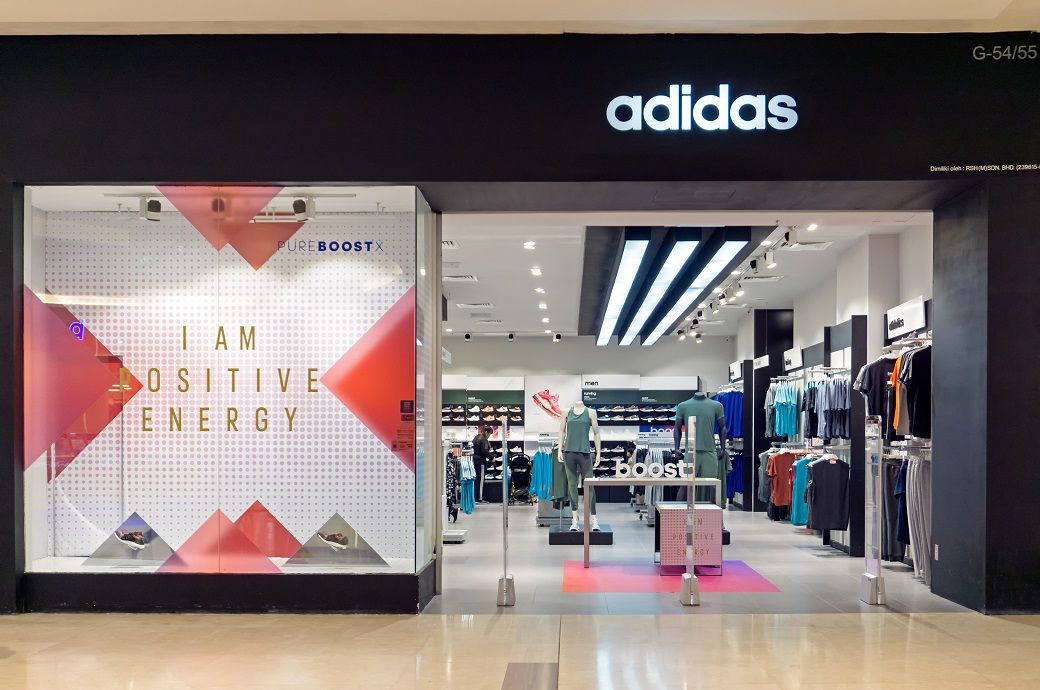
Footwear emerged as a standout category, witnessing a 13 per cent growth on a currency-neutral basis, particularly strengthened by the Originals and football product lines. Apparel revenues saw a modest rise of 2 per cent, while accessories experienced a slight decline of 1 per cent. Lifestyle revenues notably surged, recording strong double-digit growth during the quarter, the company said in a press release.
From a sales channel perspective, Adidas's direct-to-consumer (DTC) operations, encompassing its own retail stores and e-commerce, reported remarkable growth. Own Retail sales increased by 11 per cent, showcasing strong double-digit growth across the company’s full-price concept store fleet, whereas E-commerce revenues soared by an impressive 34 per cent. Meanwhile, Wholesale channel growth was more subdued at 2 per cent.
Geographically, Adidas saw significant increases across various markets, with Europe leading the charge with a 14 per cent rise, driven by robust sales in both DTC and wholesale channels. Emerging Markets and Latin America also experienced vigorous growth rates of 17 per cent and 18 per cent, respectively. Greater China reported an 8 per cent increase, supported by strong wholesale and e-commerce sales. Japan and South Korea enjoyed a 7 per cent growth, fuelled by substantial gains in DTC. Conversely, North America faced a downturn, with revenues dropping by 4 per cent, primarily due to a significant decline in the wholesale channel.
The company’s gross margin saw a substantial improvement, up 6.4 percentage points to 51.2 per cent from 44.8 per cent in FY23, marking a significant increase in profitability. The rise in gross margin underscores Adidas's enhanced operational efficiency and product mix.
Operating profit for the quarter was remarkably higher at €336 million, a substantial increase from €60 million in the previous year, yielding an operating margin of 6.2 per cent. This improvement was primarily due to effective cost management and an increase in high-margin sales. Other operating expenses rose by 5 per cent to €2.478 billion, driven by heightened marketing and point-of-sale spending, which itself increased by 9 per cent to €657 million. Operating overhead expenses were also up by 3 per cent to €1.822 billion.
Net income from continuing operations reached €171 million, a sharp recovery from a net loss of €24 million in the prior year, with basic earnings per share (EPS) turning positive at €0.96, compared to a negative €0.18 in FY23.
“I am very happy to see that the business in Q1 developed better than we had expected. Sales, gross margin, and operating profit were all better than initially planned. Our full-price sales in our DTC channels were strong and our sell-out with our retail partners was higher than the sell-in. This means lower inventories, less discounts, and better gross margins both for our retail partners and for us,” said Adidas CEO Bjorn Gulden.
Fibre2Fashion News Desk (DP)